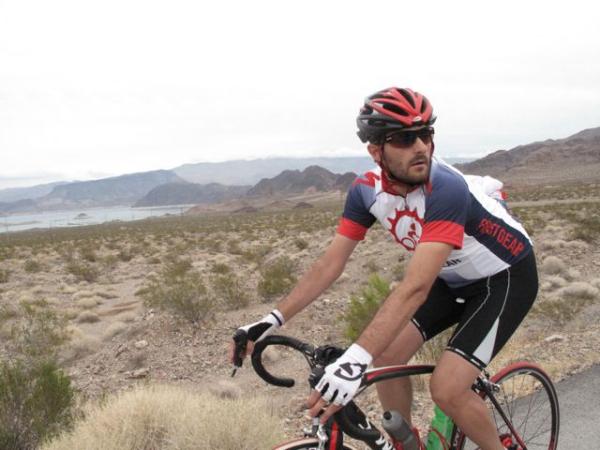Tour Down Under: Matt White's stage-by-stage guide
Mitchelton-Scott's head director previews the first WorldTour race of 2019
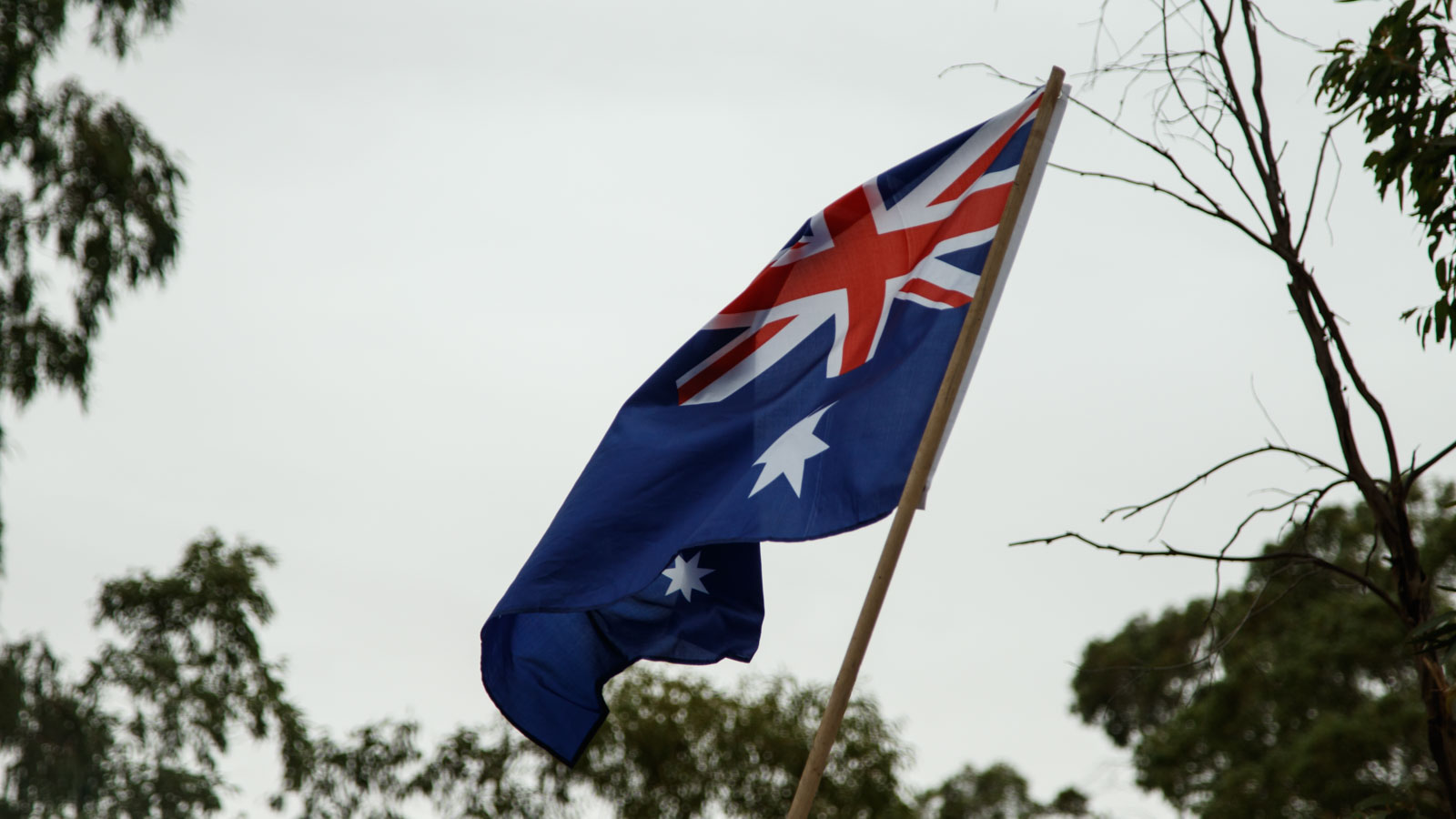
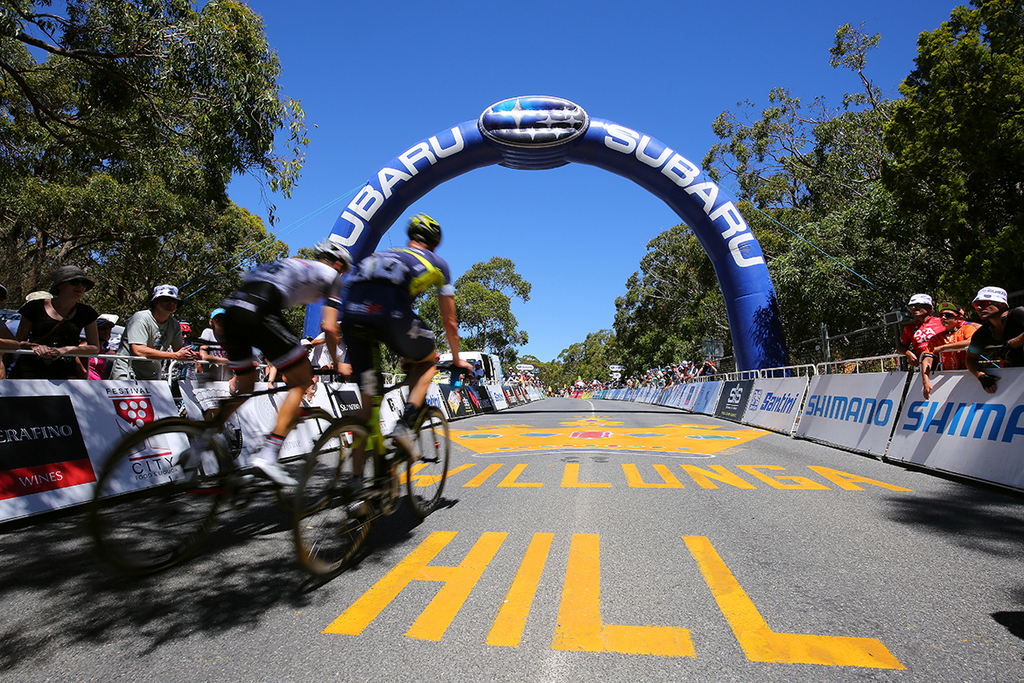
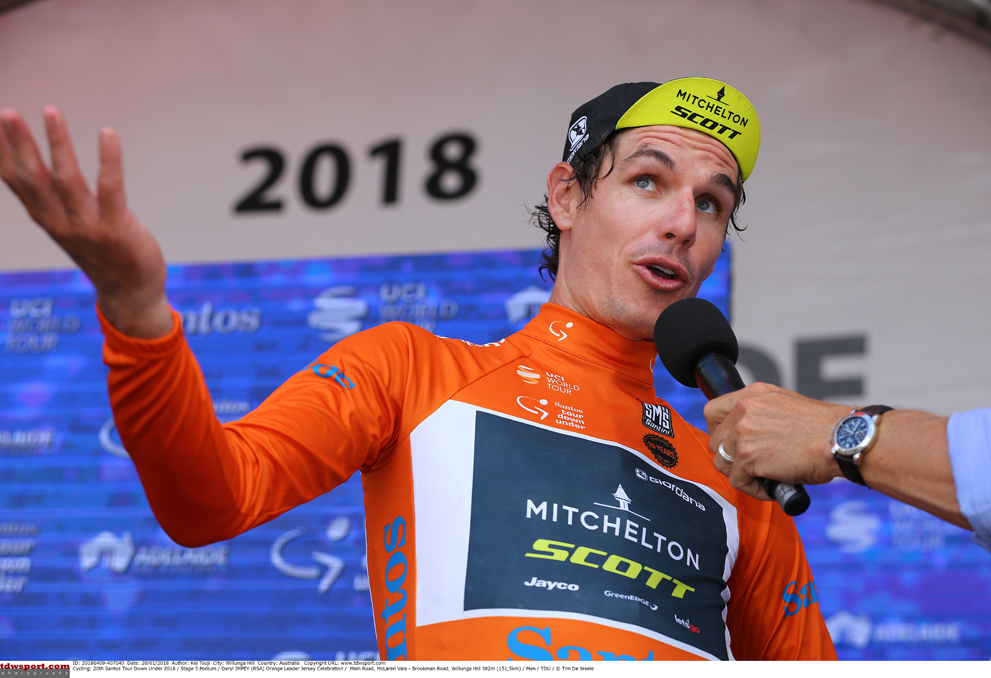
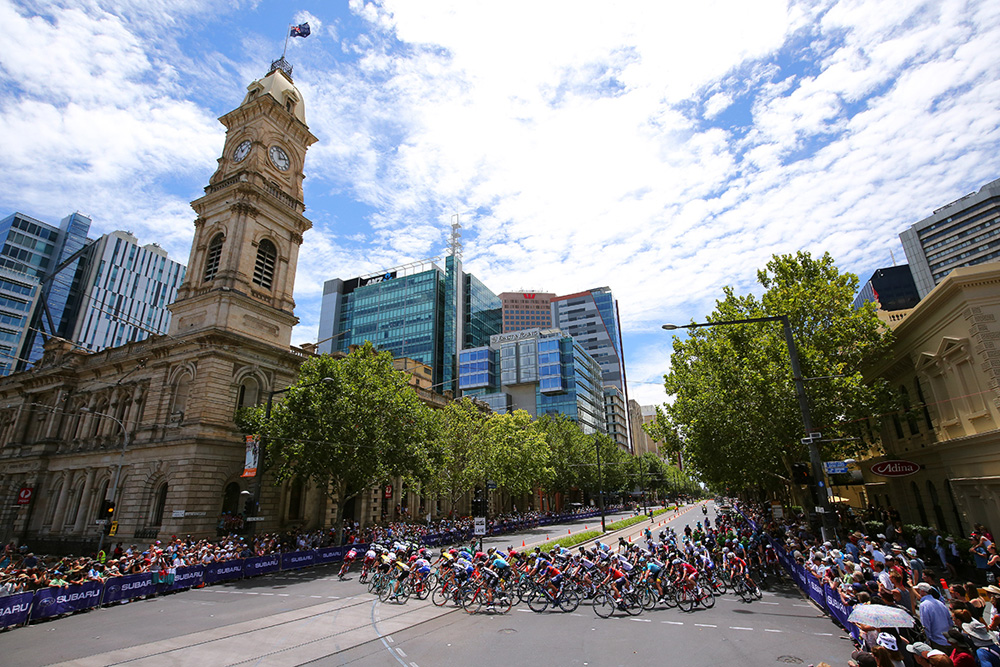
The WorldTour returns this January with the 2019 Tour Down Under. Once again, the organsiers have modified the parcous with the return of the Corkscrew climb and the shift of the Willunga Hill stage to the final day of racing.
The six-day event in Adelaide and the surrounding area has plenty to offer the sprinters, too, with Peter Sagan (Bora-Hansgrohe), Elia Viviani (Deceuninck-QuickStep) and Caleb Ewan (Lotto Soudal) headlining.
The general classification battle sees Darly Impey (Mitchelton-Scott) look to defend his crown against a motivated Richie Porte (Trek-Segafredo) and several other contenders. Mitchelton-Scott director Matt White – who has won the race as a director five times – sits down with Cyclingnews to analyse this year's six stages.
Stage 1
Start: North Adelaide
Finish: Port Adelaide
Distance: 132.4km
Type: Bunch sprint
The first two stages should be pretty straight forward and should be settled in bunch sprints. That said, the weather will always influence the day at a race like the Tour Down Under. It's basically hot or really hot, but the strength of the wind will determine how stressful a day it will turn out to be. Stage 1 is very flat but has many kilometres of open and exposed roads, and that's where the heat and the wind will factor in. We have started in Port Adelaide many a time but never finished there so the run-in and circuits will be new for all. There are several small climbs and descents in the first half of the race, but the break should be quick to go, and expect a rider from the national team from UNISA to be in there for sure.
Stage 2
Start: Norwood
Finish: Angaston
Distance: 149km
Type: Bunch sprint
This stage should follow a similar format to stage 1 and see the sprinters take control of the race and decide the finish. A sprinter should be in the lead after the opening day of racing, so none of the GC teams will need to control the race. We've used terrain like this in the Tour Down Under before, and while the wind and heat could again be factors, this should again end in a bunch sprint. With Andre Greipel not returning to the race this year it should be a big battle of the big-three sprint stars at the race, Sagan, Viviani and Ewan.
Get The Leadout Newsletter
The latest race content, interviews, features, reviews and expert buying guides, direct to your inbox!
Stage 3
Start: Lobethal
Finish: Uraidla
Distance: 146.2km
Type: Reduced bunch sprint
On paper, this stage looks quite challenging. There's over 3,300 meters of climbing, and when you consider that this is the first heavy effort of the season for many of the riders, it could be enough to cause some damage within the peloton. The finishing circuit is going to be decisive, and overall this is going to be a solid day of racing and one that should separate the men from the boys. What will be interesting to see is who controls the race, because a sprinter should still be in the leader's jersey, but is he willing to commit to keep the jersey on such difficult terrain? The answer depends on who it is and which team they are because you don't want to burn off your team if your plan is to then concentrate on the sprint. This could open up the race for some potential GC action in the final.
Stage 4
Start: Unley
Finish: Campbelltown
Distance: 129.2km
Type: GC stage
We've used this stage before, and it's the first guaranteed day for the GC riders to hit the front. We've had that approach, the final climb and then the descent a number of times, and it's incredibly important in terms of the overall battle. The Corkscrew climb is longer and harder than Willunga Hill, and you can have a situation in which one rider goes clear, takes five seconds at the top of the climb and is able to survive until the finish if they know the descent well enough or are willing to take risks. You could also see a larger group of around 10 contesting a reduced sprint, but the pure sprinters won't survive the climb. It might even be too hard for Sagan. By the finish we'll see who is really in contention to win the overall. If you lose time on this stage then your race is over because Corkscrew has the potential to be more selective than Willunga.
Stage 5
Start: Glenelg
Finish: Strathalbyn
Distance: 149.5km
Type: Bunch sprint
The Tour Down Under has used this terrain before, but we've not finished in Strathalbyn. If there's any day that could be affected by wind, this could be the one, but we would need a strong southerly wind for that to happen. If it's a quiet day in terms of the weather and the wind, then it should be an uncomplicated stage for the sprinters and their last chance to take a stage win in the race. The terrain is relatively flat, but if the wind kicks up as the race goes south, then there could be some moments when the GC riders have to really pay attention.
Stage 6
Start: McLaren Vale
Finish: Willunga Hill
Distance: 151.5km
Type: GC stage
The Queen stage, but the key is the fact that the organisers have made this the final day of racing, rather than the penultimate stage, like it was in the past. In previous years, if you were within 10 seconds of the race lead after Willunga Hill, and going into the final day of racing, you still had a chance of winning the overall on the last day. That dynamic has been taken away, and that puts more importance on Willunga and the result there. There are no second chances this year. On Willunga, everyone knows where Richie Porte attacks. It's around the one kilometer to go banner. However, nobody has been able to match his incredible accelerations. The time gaps in that last couple of minutes are always a mystery to a certain extent with cars being barraged and race radio delays, key riders know they can hold nothing back all the way to the line.
Daniel Benson was the Editor in Chief at Cyclingnews.com between 2008 and 2022. Based in the UK, he joined the Cyclingnews team in 2008 as the site's first UK-based Managing Editor. In that time, he reported on over a dozen editions of the Tour de France, several World Championships, the Tour Down Under, Spring Classics, and the London 2012 Olympic Games. With the help of the excellent editorial team, he ran the coverage on Cyclingnews and has interviewed leading figures in the sport including UCI Presidents and Tour de France winners.
